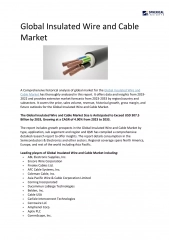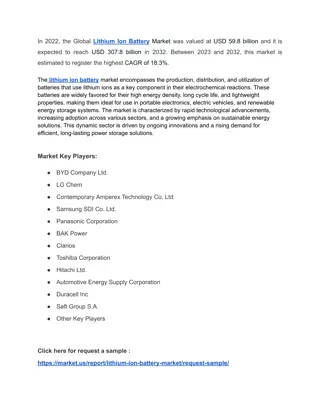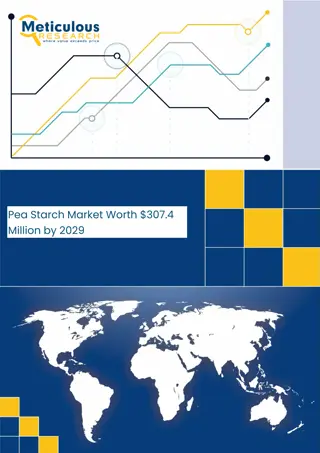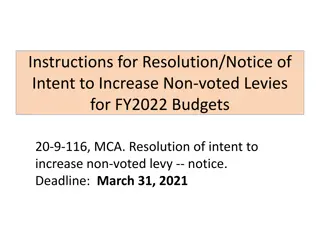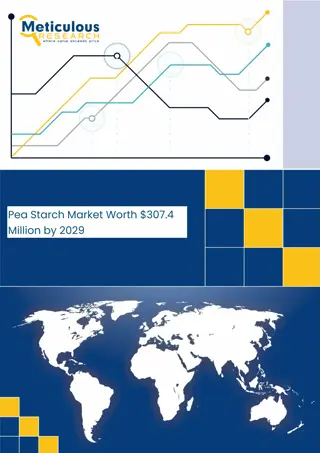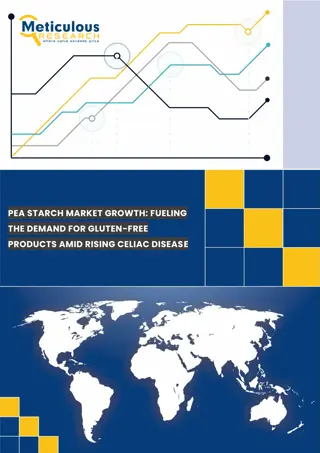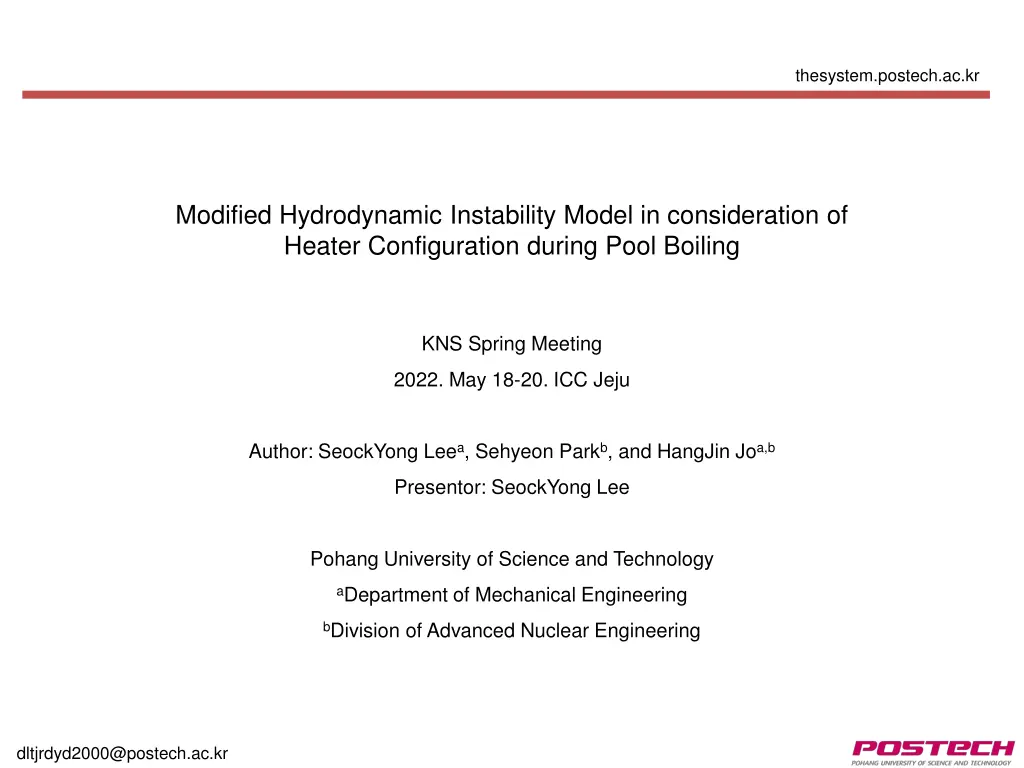
Modified Hydrodynamic Instability Model for Pool Boiling: KNS Spring Meeting 2022
"Explore the impact of heater configuration on Critical Heat Flux (CHF) in pool boiling through experiments with rectangular heaters. The study investigates various factors influencing CHF triggering mechanisms in applications like power plants and nuclear fusion. Learn about the research objectives, experimental setup, and results presented at the KNS Spring Meeting 2022."
Download Presentation

Please find below an Image/Link to download the presentation.
The content on the website is provided AS IS for your information and personal use only. It may not be sold, licensed, or shared on other websites without obtaining consent from the author. If you encounter any issues during the download, it is possible that the publisher has removed the file from their server.
You are allowed to download the files provided on this website for personal or commercial use, subject to the condition that they are used lawfully. All files are the property of their respective owners.
The content on the website is provided AS IS for your information and personal use only. It may not be sold, licensed, or shared on other websites without obtaining consent from the author.
E N D
Presentation Transcript
thesystem.postech.ac.kr Modified Hydrodynamic Instability Model in consideration of Heater Configuration during Pool Boiling KNS Spring Meeting 2022. May 18-20. ICC Jeju Author: SeockYong Leea, Sehyeon Parkb, and HangJin Joa,b Presentor: SeockYong Lee Pohang University of Science and Technology aDepartment of Mechanical Engineering bDivision of Advanced Nuclear Engineering dltjrdyd2000@postech.ac.kr
Contents thesystem.postech.ac.kr I. Introduction II. Research objectives III. Experiments IV. Results V. Summary and conclusion dltjrdyd2000@postech.ac.kr
thesystem.postech.ac.kr 01. Introduction Boiling: Large amount heat transfer power plants, electric circuits, nuclear fusion, etc. Critical Heat Flux: act as safety margin of the system Various CHF models and corresponding factors exist to explain CHF triggering mechanism Ex. Thermal properties, heater configuration (size, aspect ratio), wettability, roughness ratio, K-H instability, etc. [Table of cooling efficiency1] [Visualization of film boiling2] 1/10 dltjrdyd2000@postech.ac.kr
thesystem.postech.ac.kr 02. Research objectives Size of cooling channels (chips) differs at the application and type GP108-74 mm2, GV100-815 mm2, divertor cooling channel-diameter~10 mm, length~1 m Usually correlate normalized CHF (q exp/q zuber) with characteristic length scale (Lcharacteristic/Lcapillary) Conducted on circular (diameter), square heaters (one side length) unlike actual chips k q''CHF-Zuber [Effect of heater size on CHF3] [LBM results about effect of heater size on CHF4] Research objective - Investigate the heater configuration effect on the CHF with rectangular heaters 2/10 dltjrdyd2000@postech.ac.kr
thesystem.postech.ac.kr 03. Experiments (Set-up) Pool Boiling facility Heating method: electrical joule heating Working fluid: water, novecTM7100 to cover wide L range (Lcapillary:2.51, 0.96 mm) Pressure: atmospheric pressure Sub-cooling: saturated boiling [Experimental setup for pool boiling] Test procedure Measurement of voltage (test sample, reference resistance) q , Tsurface Stepwise increase in heat flux Sudden increase in surface temperature CHF 3/10 [CHF determination] dltjrdyd2000@postech.ac.kr
thesystem.postech.ac.kr 03. Experiments (Sample fabrication) Heating width and length were both controlled to investigate the effect of heater configuration width: the shorter one of two side lengths, length: the longer one Heating surfaces were fixed as SiO2to exclude surface characteristics effects on the CHF Average roughness ~ 10 nm, CA ~ 63 C (Water), 10 C (NOVECTM7100) Water Contact Angle ~ 63 (a) (b) Heating surface 500 nm Heating length 475 um Heating width 1200 nm Heater Si NOVECTM7100 Contact Angle ~ 10 SiO2 Pt [(a) side view (b) bottom view of heater] 4/10 dltjrdyd2000@postech.ac.kr
thesystem.postech.ac.kr 03. Experiments (Cases) Heater dimension were selected in consideration of the capillary length of each fluid and infinite heater size (L : 12 ~ 20) suggested in previous study Lc,Water: 2.51 mm, Lc,NOVECTM7100: 0.96 mm Sample # Working Fluid Width [mm] (L ) [-] Length [mm] (L ) [-] Area [mm2] Aspect ratio [-] 1 3 (1.19) 45 5 2 4 (1.59) 60 3.75 3 5 (1.99) 15 (5.97) 75 3 4 8 (3.18) 120 1.875 Water 5 10 (3.98) 150 1.5 6 4 (1.59) 160 10 7 8 (3.18) 40 (15.93) 320 5 8 16 (6.37) 640 2.5 9 4 (4.16) 60 3.75 15 (15.62) 10 8 (8.33) 120 1.875 11 NOVECTM7100 4 (4.16) 160 10 12 8 (8.33) 40 (41.66) 320 5 13 16 (16.66) 640 2.5 [Geometric information of experimental cases] 5/10 dltjrdyd2000@postech.ac.kr
thesystem.postech.ac.kr 04. Results CHF difference depending on heater dimension Significant CHF change was confirmed depending on heater dimension at each working fluid Water- max 107% difference in CHF (S01-1662 kW/m2, S09-800 kW/m2) NOVECTM7100- max 56% difference in CHF (S11-252 kW/m2, S13-161 kW/m2) In general, CHF decreases as the heating size increases, but singularity exists (b) (a) Larger heating size [CHF results depending on the heater dimension (a) Water, (b) NOVECTM7100] 6/10 dltjrdyd2000@postech.ac.kr
thesystem.postech.ac.kr 04. Results comparison with previous study Various candidates were selected as characteristic length at given heater dimension Candidates: width, length, heating size1/2 (a) (b) (c) Large deviation Large deviation [Normalized CHF versus characteristic length (a) width, (b) length, (c) heating size1/2] Width shows the greatest relevance with CHF among various candidates Although the trend is similar, but the exact value is different depending on the working fluid induced by difference in CA 7/10 dltjrdyd2000@postech.ac.kr
thesystem.postech.ac.kr 04. Results modified instability model development Similar with original model, we derived CHF using Energy conservation in unit cell Width (the shortest distance between two liquid paths) modulated wavelength Liquid inflow 1/2 ???? ? ? (a) (b) ~ bor m ????,????? ?= ???? ,?? ???? < ? ?,?? ???? > ? Vapor column Vapor column Liquid inflow m 1/2 ???? ? ? = ????,???????? q q [Schematic of hydrodynamic instability model considering (a) artificial liquid paths, (b) heater configuration] Difference in heating method, circumstance induce difference in CHF at infinite heating size CHF with infinite heating size was calculated using CHF at the largest heating size (Water-S08, NOVECTM7100-S13) 8/10 dltjrdyd2000@postech.ac.kr
thesystem.postech.ac.kr 04. Results Predictability of model [CHF vs modulated wavelength-literature] [CHF vs modulated wavelength-This study] The equation relatively predicts the experimental results well (Water 15.6 %, NOVECTM7100: 2.7 %) Slope of each working fluid differs [Water-0.612 (0.531,R2~0.84), NOVECTM7100-0.805 (0.812,R2~0.96)] Experimental results in previous study using water matches relatively well with the prediction CHF with various heater dimension could be estimated using literatures about same condition 9/10 dltjrdyd2000@postech.ac.kr
thesystem.postech.ac.kr 05. Summary and conclusion Effect of heater dimension on CHF was experimentally confirmed in the rectangular type heaters at two working fluids (Water, NOVECTM7100) Maximum CHF difference of 107% for water, 56% for NOVECTM7100 was confirmed within heater dimension used in this study Width, the shorter one of two side lengths, dominantly determines the CHF at fixed working fluid The hydrodynamic instability model was modified to consider the width as modulated wavelength in consideration of heater dimension and showed relatively good predictability 10/10 dltjrdyd2000@postech.ac.kr
thesystem.postech.ac.kr Thank you KNS Spring Meeting 2022. May 18-20. ICC Jeju Author: SeockYong Leea, Sehyeon Parkb, and HangJin Joa,b Presentor: SeockYong Lee Pohang University of Science and Technology aDepartment of Mechanical Engineering bDivision of Advanced Nuclear Engineering dltjrdyd2000@postech.ac.kr

